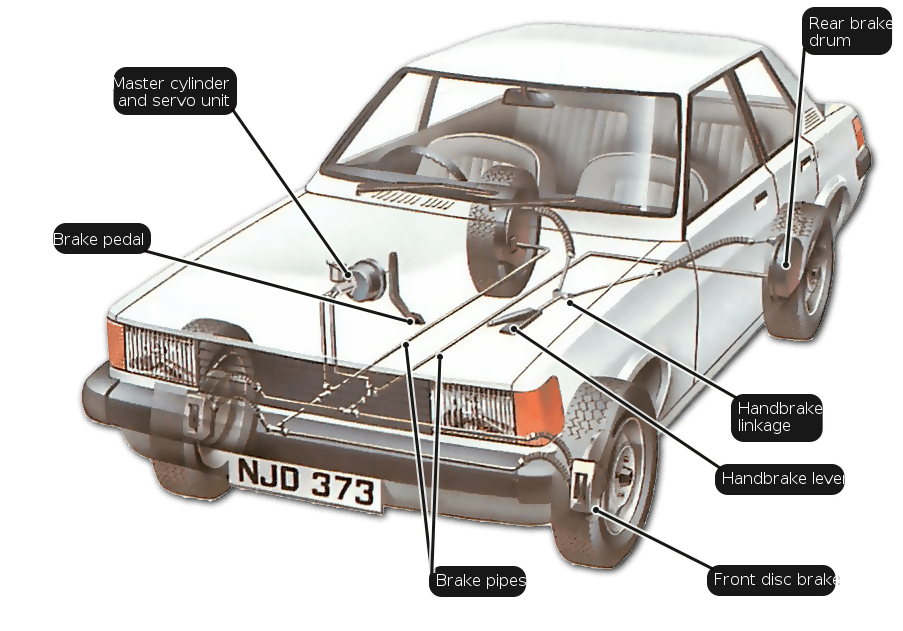Blog

How the braking system works
An automotive braking system is a group of mechanical, electronic and hydraulically activated components which use friction / heat to stop a moving vehicle.
When the brake pedal is depressed, the pressure on the brake pedal moves a piston in the master cylinder, forcing the brake fluid from the master cylinder through the brake lines and flexible hoses to the calipers and wheel cylinders. The force applied to the brake pedal produces a proportional force on each of the pistons.
The calipers and wheel cylinders contain pistons, which are connected to a disc brake pad or brake shoe. Each output piston pushes the attached friction material against the surface of the rotor or wall of the brake drum, thus slowing down the rotation of the wheel.
When pressure on the pedal is released, the pads and shoes return to their released positions. This action forces the brake fluid back through the flexible hose and tubing to the master cylinder.
Most cars have two or three different types of braking systems.
Disc brakes
Peer through the hubcap of a car's front wheels and you can usually see a shiny metal disc just inside. This is called a disc brake. When the driver steps on the brake pedal, a pad of hard-wearing material clamps onto the brake disc and rubs it to make it slow down—in a similar way to bicycle brakes.
Drum brakes
Some cars have disc brakes on all four wheels, but many have drum brakes on the back wheels, which work in a slightly different way. Instead of the disc and brake block, they have shoes inside the hollow wheel hub that press outwards. As the shoes push into the wheel, friction slows you down.
Handbrake
A car's handbrake applies the two rear brakes (disc or drum) in a slower, less forceful way through a lever that's typically located between the front seats. When you pull on the brake, a system of levers tugs on a pair of sturdy cables that apply the brakes to the back wheels. The handbrake system is completely mechanical and, unlike the conventional pedal brakes, doesn't use hydraulic fluid. That means it can be used (with very great care!) as an emergency braking system if the normal brakes fail.
Posted on March 2019,20 // Author: Admin